Aluminum Conductor Manufacturers U.S.A.! (Advantages of Aluminum Conductors) Price / Pricing / Cost per ft.
First, there are many advantages of Aluminum Conductors. Aluminum Conductor (also spelled aluminium) is increasingly becoming more important every single day in the electrical industry.
The obvious advantages of aluminum conductor wire include lower pricing and cost savings, but below you will learn some pretty amazing statistics about Aluminum conductor wiring’s unique characteristics that just may help you when making a decision on which material to use on your next project.
Aluminum wire and electrical aluminum cable such as XHHW aluminum conductor, Aluminum Service Drop, All Aluminum Conductor (AAC), All Aluminum Alloy Conductor (AAAC), Aluminum Conductor Steel Reinforced (ACSR) are the most popular types of aluminum wire electrical.
Additionally, when it comes to the conductivity of specialty aluminum electricity conductor, 1X Technologies has you covered with manufacturing capabilities for Aluminum Industrial Wires like Shielded Aluminum Cable, Aluminum MV-105 Medium Voltage Power Cable, and Aluminum High Voltage Cable & Submarine Cable Conductors.
We created this page to be your best resource for an aluminum conductor. However, we’re here to answer all your questions regarding NEC aluminum wiring if not already covered below. We really look forward to doing business with you in the future! If you enjoy this resource on aluminum wiring, or if you need an Aluminum conductor price or an aluminum wire price list, please contact us and let us know.
Aluminum Conductor Electrical Wire Topics Covered Here:
- What are Aluminum Conductors?
- History of Aluminum Conductor.
- Aluminum Conductor and the electrical grid. (aluminum wire vs copper wire underground)
- Aluminum Conductor vs. Copper Conductor.
- Why Aluminum Conductor is Better Than Copper?
- Aluminum a conductor of electricity? (Aluminum Conductivity)
- Why Aluminum is a Good Conductor of Heat.
- Does Aluminum Wire Rust? Including – Stanford University article titled: “Scientific discovery: Why aluminum doesn’t rust”.
- Is Aluminum Wiring Safe?
- What’s The Difference Between Terminating Copper and Aluminum Conductor? (Video Resource).
- Step-by-Step Process of Terminating Aluminum Conductor. (From IAEI).
- NEC Aluminum Wiring. (Including NEC Code Aluminum Wire history on the aluminum conductor).
- Can Aluminum Wire Be Used In Homes?
- Copper vs Aluminum Wire Size (How to size an Aluminum cable)
- Common Types of Aluminum Conductor Wire’s we’ll Supply You. (aluminum conductor types)
- MCM / KCMIL Aluminum Conductor Power Cable Sizes (Aluminum Feeder Cable / Aluminum Cable Size Chart )
- Many Photos of Aluminum Conductor or related aluminum wiring items.
What are Aluminum Conductors?
Aluminum Conductors are AL electrical wires and AL electrical cables manufactured using the chemical element Aluminum.
What is a conductor?
In physics and electrical engineering, a conductor is an object or type of material that allows the flow of electrical current in one or more directions.
Materials made of metal are common electrical conductors. Electrical current is generated by the flow of negatively charged electrons, positively charged holes, and positive or negative ions in some cases. The aluminum conductor is made from a chemical element with the symbol Al and atomic number 13.
Aluminum Conductor Wire has a distinct look and touch, being a silvery-white, soft, non-magnetic, and ductile metal in the boron group.
Measuring by sheer mass, the metal aluminum makes up 8.1% of the Earth’s crust. Aluminum is the third most abundant element (after oxygen and silicon) and also the most abundant metal.
The occurrence of aluminum decreases in the Earth’s mantle below, however. The chief ore of aluminum is bauxite.
Aluminum wire electrical metal is highly reactive, such that native specimens are rare and limited to extreme reducing environments. Instead, it is found combined in over 270 different minerals.
Aluminum Conductors are prevalent in the electrical construction industry because of their advantages over copper conductors.
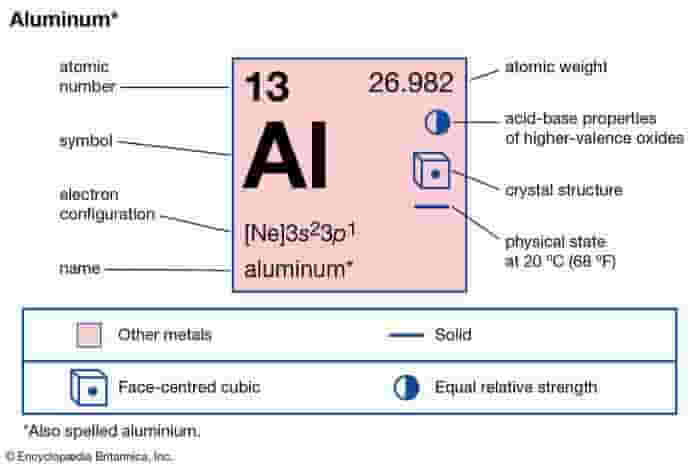
History of Aluminum Conductor.
A Brief History of Aluminum Conductor: First, it’s important to note that all around the world, our electricity is transmitted from the utility generating station to our individual meters using almost exclusively aluminum conductor for wiring.
In the United States, our electrical utilities have made good use of aluminum conductors for wire for over 100 years.
Furthermore, It takes only a single pound of aluminum to equal the same current-carrying capacity of two pounds of copper. Pretty amazing, right?
Even more amazing, the lightweight aluminum conductors enable our electrical utility to run transmission lines using half as many supporting structures, saving the customer (you and me) lots of money.
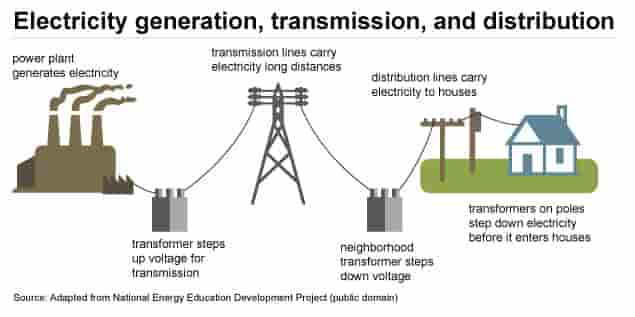
Aluminum Conductor and the Electrical Grid.
The electrical grid and utility systems around the world are built and designed for these high-quality aluminum conductors.
Additionally, Utility installers and Utility Contractors are very familiar with installation techniques for the types of aluminum conductors used in utility applications.
Conversely, feeder and branch circuit wiring systems were designed primarily for copper conductors.
Aluminum wiring was evaluated and listed by Underwriter’s Laboratories (UL) for interior wiring applications in 1946, but the aluminum conductor was not a common wire until the year of our Lord 1965 when the world faced a massive copper shortage.
Like all things, of course, where there is pain, we see a response in action to alleviate the pain. That response was a major shift to using aluminum conductors making them a staple in our lives!
Aluminum Wire vs Copper Wire Underground
As we just learned, the Aluminum conductor is the wire of choice for utilities all around the world. Whether that is 600 Volt, 5kV, 15kV, 25kV, 35KV, or even high voltage cable, aluminum conductors are a go-to choice due to the many advantages it has over copper. Namely, a low cheap price comparatively!
So can you use aluminum wire underground?
Yes, the answer is obvious because your utility already is most likely doing this. When it comes to Aluminum Wire vs Copper Wire Underground, copper is fine, but Aluminum is an excellent choice as well.
Aluminum Conductor vs. Copper Conductor.
| Aluminum Conductor (Vs.) | Copper Conductor |
| Lower Cost | Higher Cost |
| 61% as conductive as Cu. by volume basis | 39% more conductive than aluminum by volume basis |
| 200% more conductive as CU by weight basis | 200% less conductive as AL by weight basis |
| 70% Lighter than Copper | 70% Heavier than Aluminum |

Why Aluminum Conductor is Better Than Copper?
Why Aluminum Conductor Wire is Better Than Copper? So you probably already think you know which is a better conductor aluminum or copper.
However, some of these statistics on conductivity may surprise you!
Aluminum provides a better conductivity to weight ratio than copper and therefore is also used for wiring power grids, including overhead power transmission lines and local power distribution lines, as well as for power wiring of some airplanes due to this conductivity.
Power and Utility companies such as Duke Energy, AEP, and many others have used aluminum conductors for electrical transmission in power grids from around the late 1800s to the early 1900s. Aluminum Conductor has both cost and weight advantages over copper wires.
Aluminum conductor wire in utility power transmission and distribution applications is the preferred material today due to these advantages.
Aluminum a conductor of electricity? (Aluminum Conductor or Insulator?)
Why aluminum is a good conductor of electricity: Aluminum is a good conductor of electricity rated 4th best out of all Metals.
According to our friends at The Aluminum Association, Aluminum Conductor has 61% conductivity of copper on a volume basis and 200% conductivity of copper on a weight basis.
So aluminum conductor is twice as conductive as Copper on a weight basis! Furthermore, in rating the conductivity of metals, Silver is the #1 conductor of electricity. Silver is then followed by Copper at #2, Gold at #3, and finally, Aluminum conductor at #4.
I’m sure you can look at the elements listed before Aluminum and determine one major difference between them and Aluminum Conductors.
Primarily, that difference is the price or cost of the metal. Silver, Gold, and Copper are all much more expensive than Aluminum, and as we said earlier it is because Aluminum is much more available on earth with the others being more rare earth minerals.
With aluminum conductor half the price of copper and another world away from Silver and Gold, it’s easy to see why it is a top choice as a good conductor of electricity! Why is aluminum a good conductor of electricity?
Because it is the best available metal for cost and weight, it is extremely conductive, and more so than copper when they are compared at equal weight. (Aluminum conductor weighs much less) so a conductor of equal size copper would conductor electricity better, but Aluminum is not too far off and costs a heck of a lot less!
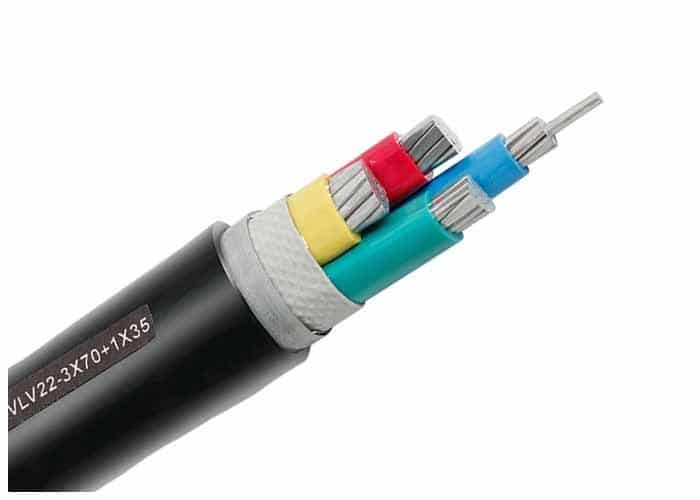
Why Aluminum is a Good Conductor of Heat. (Aluminum Conductivity)
A great answer to this question comes from our friends at the University of California Santa Barbara (UCSB), letting you know why your aluminum conductor is also a good conductor of heat: Metals, like aluminum foil, are different. Instead of being made of lots of individual molecules, atoms are one big block of nuclei that all share electrons with each other.
You can think of it like this: most materials (like plastic) are like a bunch of grapes — each nucleus is weakly attached to the others by a tiny little stem.
It’s easy to cut the stem or knock off a few grapes if you bump into the bunch, and if you shake the bunch, all the grapes move around in different ways. But the nuclei in metal are more like the grapes in a Jell-O fruit cocktail. They’re all linked together by a goop of electrons (the Jell-O), it’s tough to get just one grape out without pushing a bunch of the jello around and making a big mess, and if you shake the jello, all the grapes bounce in the same way.
So when you heat up a metal, the goop of electrons (physicists call it the ‘sea’ of electrons) can start getting hot and moving really fast, but all the nuclei stay in the same place and just pass the electrons back and forth amongst themselves.
So a metal can get really, really hot before it gets so hot that the nuclei stop sticking together. That’s why you can put your aluminum foil in the oven and it will get hot, but you won’t be able to turn up the heat enough to melt it.
Does Aluminum Conductor Wire Rust?
Aluminum Conductor Wire is extremely rust-resistant, so, therefore, the aluminum wire does not rust and you could even go so far as to call the aluminum conductor “rust-proof”. Metals that contain Iron (FE) are prone to rust, so Aluminum not containing Iron will not rust! One reason customers choose aluminum conductors is to have their cable resist corrosion and rust in wet environments.
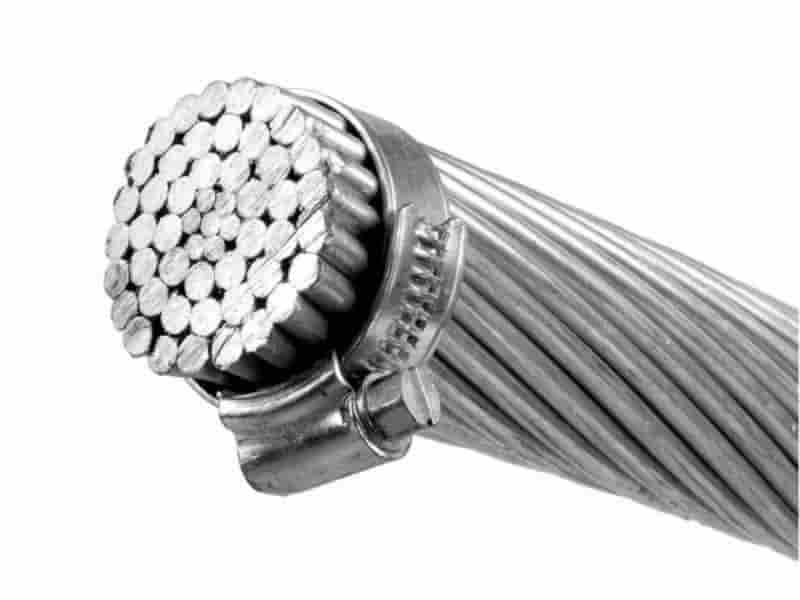
Mark Schwartz of Stanford University wrote an article titled: “Scientific discovery: Why aluminum doesn’t rust“.
Did you ever wonder why airplanes never seem to rust, despite their constant exposure to rain, sleet and snow?
The quick answer is that most aircraft are made of aluminum — a chemical element that seems to resist corrosion even when exposed to air and water.
But the fact is that pure aluminum reacts so readily with water that, according to the laws of chemistry, the aluminum shell of an airplane should actually dissolve in the rain.
Fortunately for the airline industry, when aluminum metal is placed in the atmosphere, a thin layer, known as aluminum oxide, forms on the metal’s surface and acts like a protective, rust-resistant shield.
Scientists have long known that aluminum oxide does not corrode rapidly in water, but they have been unable to fully explain why.
Now, for the first time, researchers have shown that liquid H2O has a surprisingly potent effect when it comes in contact with the surface of a metal oxide, a finding that has industrial and environmental implications.
“Water actually changes the structure of the solid surface,” says Gordon Brown, Jr., the Dorrell William Kirby Professor of Earth Sciences.
Writing in the May 12 issue of the journal Science, Brown, graduate student Thomas P. Trainor and collaborators from the University of Chicago and Lawrence Berkeley National Lab present the first atomic-level model of what happens when water and aluminum oxide meet.
Shifting atoms
Aluminum oxide consists of atoms of aluminum and oxygen bonded together.
But Brown and Trainor discovered that, when water molecules come in contact with aluminum oxide, the aluminum and oxygen atoms on the surface move apart — in some cases separating by more than 50 percent compared to their normal molecular positions.
As a result, when the outer layer of aluminum oxide gets hydrated or wet, its
structure changes just enough to become chemically inert and thus unable to react rapidly with additional water molecules or atmospheric oxygen. This change in molecular structure is why aluminum oxide metal resists corrosion.
Brown notes that these findings have widespread applications for the multi-billion-dollar catalysis and semiconductor industries, which are concerned with the effects of atmospheric water on metal oxides used in chemical catalysts and silicon chips.
However, he adds, the real driving force for this research is the important role that hydrated metal oxide surfaces in soils and sediments play in removing toxic metals like lead, mercury, chromium, arsenic, and selenium from contaminated groundwater.
“Understanding the molecular structure of the particle surfaces with which these metals react is essential for determining how effectively they are removed from the environment, and hence how available they are to organisms, including humans.
“Now for the first time we have a picture of the molecular structure of one of these surfaces and a better idea of what controls its reaction with environmental contaminants,” Brown concludes.
To conduct their analysis of the surface of hydrated aluminum oxide, researchers used the most powerful synchrotron x-ray source in the U.S. – the Advanced Photon Source located at the Argonne National Laboratory in Illinois.
“Our research required the brightest synchrotron x-ray source available,” says Brown. “The biggest surprise is that we could do it at all.”
The other co-authors of the May 12 Science article are Peter J. Eng, Mathew Newville, Steven R. Sutton and Mark L. Rivers with the University of Chicago’s Consortium for Advanced Radiation Sources; and Glenn A. Waychunas of the Lawrence Berkeley National Laboratory.
Is Aluminum Conductor Wiring Safe?
Let us put this myth to bed once and for all.
Aluminum Conductor, Aluminum Wiring is totally and completely safe!
As we learned above aluminum wiring conducts electricity really well. One of the best metals at transferring electrical energy and we learned that Aluminum is a really good conductor of heat energy as well.
So if it is safe, then why have there been fires and problems with Aluminum wiring in the past?
The problems that have arisen in the past with aluminum wiring did not have to do with the aluminum wiring itself but instead had to do with the connector points in the electrical system and improper, unsafe work. There were a lot of issues with connecting copper and aluminum with old technology. Not today!
Conversely, today electrical professionals working with aluminum conductor wire’s in commercial and residential jobs are keen on this and use extremely safe aluminum to copper connectors ( AlumiConns), eliminating problems of the past and giving consumers a lower-cost high-quality option for wiring their homes and offices with aluminum conductors.
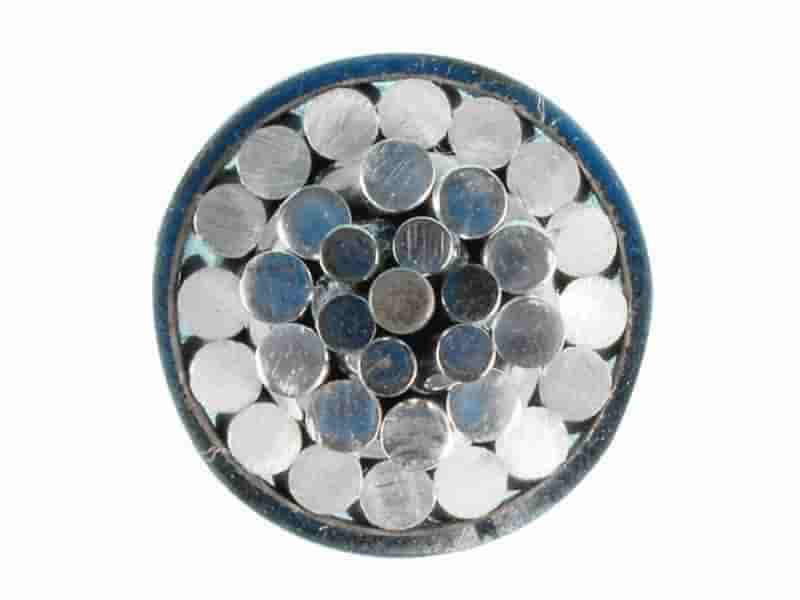
What’s The Difference Between Terminating Copper and Aluminum Conductor Wire?
This video resource from the Aluminum Association gives us the step-by-step guide of comparing terminating using aluminum conductor vs. copper conductor.
This ensures safety in your aluminum wire installation. Terminate the aluminum conductor the right way first!
Click HERE for the Video.
Step-by-Step Process of Terminating Aluminum Conductor (From IAEI)
- Installing an aluminum conductor building wire requires the same process as installing copper building wire. The insulation should be stripped from individual conductors using tools manufactured for the conductor type and insulation type, or by standard methods such as penciling or whittling the insulation from the conductor. Never “ring cut” the insulation since you risk nicking the conductors inside. One common perception regarding aluminum building wire is that it is more susceptible to breaking when nicked than copper building wire. This opinion is based on experiences from “old technology” aluminum wire that was made of AA-1350 or EC grade aluminum prior to 1972. The EC grade wire then available was 99.5% pure aluminum, hard-temper, and was more notch sensitive than copper building wire. This is no longer true since AA-8000 aluminum alloy building wire is a fully annealed aluminum alloy conductor that is very strong and flexible.
- Where terminating with a compression connector, the bare conductor should then be inserted into the connector barrel and crimped with the tool recommended by the connector manufacturer. Compression connectors are generally marked with the required die size. After the crimping process is complete, any excess oxide inhibitor should be removed from the conductor.
- If terminating a conductor with a set-screw connector, the bare conductor should be wire brushed and an oxide inhibitor applied to the bare conductor. The screw should then be tightened using a torque wrench or torque screwdriver. Using these tools will ensure that the connection is tightened to the torque value recommended by the connector manufacturer. Over tightening the screw can be as detrimental to the long-term performance of the connection as a loose connection. Many electricians believe that “the tighter the better.” Unfortunately, over-tightening can lead to damaged conductors and connection points.
- Proper tightening (torque) is essential to achieve a reliable connection. Once the proper torque is achieved, there is no need to go back and re-tighten the lug after a period of time with AA-8000 series aluminum alloy conductors. However, all electrical connections should be periodically inspected in accordance with NFPA 70B.7
- Download Step-By-Step Guide via PDF
NEC Aluminum Wiring. (Including NEC code aluminum wire history on the aluminum conductor).
First, when it comes to NEC code aluminum wire / Aluminum Conductor Wiring information, the National Electrical Code was changed in 2014.
This change was to allow more use of Aluminum conductor wire in areas of the codebook. The NEC once stated “Must use copper” in many instances due to some issues with the aluminum wire that stemmed from way back in the 1970s.
- NEC Recognition: The NEC first recognized aluminum wiring systems in 1901 but there was not a push to really include Aluminum Conductors until the copper shortage of 1965 forced the building industry towards copper’s more attractive and cheaper alternative, aluminum conductors.
- Aluminum Conductor material — The NEC specifically requires aluminum conductors of most insulation types for branch-circuit wiring be made of AA-8000 series conductors. 2005 NEC Section 310.14
- Physical characteristics of Aluminum Conductor Wire — The NEC includes aluminum wire dimensions. It also includes some aluminum conductor electrical properties. Consult the conductor manufacturer for more specific properties. This helps in how to size an Aluminum Cable.
- Conduit fill — The NEC identifies conduit fill for compact stranded conductors based on the “(A)” tables in Annex C. These tables apply to both aluminum and copper compact stranded wire.
- Terminations — The NEC requires that terminals used for aluminum be identified. The NEC also requires that aluminum grounding electrode conductors used outdoors shall not be terminated within 18 inches of the earth.
- Installation of Aluminum Conductor – The NEC references the National Electrical Installation Standards (NEIS) for NEC code aluminum wire. NECA/AA 104-2000 defines a minimum baseline of quality and workmanship for installing products and systems.
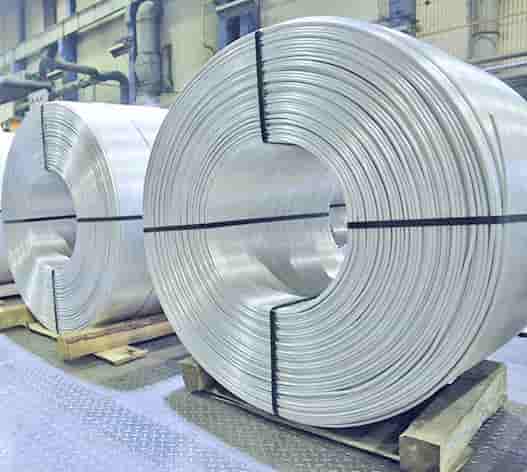
Can Aluminum Conductor Wire Be Used In Homes?
Now that we know aluminum conductor wire is safe so long as it is terminated corrected and installed exactly per the NEC, it makes sense that this change was made.
Especially considering the great increase in aluminum wire usage since the middle 2000’s when copper prices began to skyrocket. Per the NEC Aluminum wire can absolutely be used in homes.
Furthermore, while not required by the National Electrical Code (NEC), aluminum conductor building wire in the U.S.A. is compact or Compressed stranded.
Aluminum Conductors may be used in the same size conduit as copper when being installed in a home or commercial installation.
Copper vs Aluminum Wire Size (How to size an Aluminum cable)
Please remember when calculating “How to size an Aluminum cable“, the rule of thumb is to always go up two sizes when doing calculations Copper vs Aluminum Wire Size.
For example, If you are using #6 AWG Copper, you would go up two sizes and use #2 AWG Aluminum Conductor wire.
Always refer to NECA installation standards and refer to NEC code on the aluminum wire when you are calculating Copper vs Aluminum Wire Size.
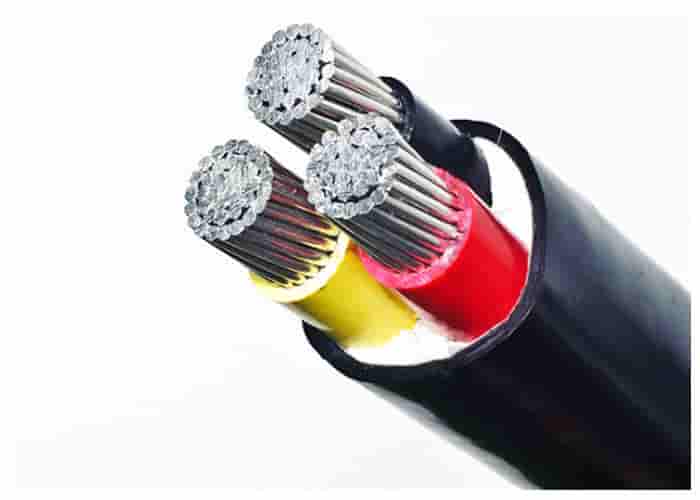
When it comes to Aluminum Wiring and the National Electrical Code, Some passages in the NEC might prove confusing to Electrical contractors.
From an interview in EC magazine: “Many contractors and inspectors don’t realize that, in 110.5, the Code specifies that, unless otherwise provided, everything is based on copper,” said David Brender, national program manager, the Copper Development Association.
“There has been a slight change in terminology in the 2014 Code’s Section 545.7, which deals with agricultural use. In the 2011 edition, it specified that, where a grounding equipment conductor is installed, ‘it shall be copper.’ For whatever reason, that phrase was dropped in the 2014 NEC. Maybe the assumption is that the earlier Section 110.5 covers this, but this could mislead contractors.”
Another point of possible confusion has to do with grounding aluminum wire in the exterior as opposed to interior locations.
“There are a number of restrictions in the NEC dealing specifically with aluminum conductor wire that electrical contractors should be aware of,” said Christel Hunter, director of field application engineering, General Cable, and chair of the Electrical Division, Aluminum Association.
“For example, when an aluminum grounding electrode conductor or equipment grounding conductor is used outside, terminations should be kept at least 18 inches above bare earth.
Sometimes contractors or inspectors confuse this and try to apply this rule within an electrical room, keeping the installation 18 inches off the floor. This is unnecessary.
The rule only applies to outside, exposed installations.
“There are a few other NEC provisions that contractors should keep in mind,” Hunter said. “They should never directly bury bare aluminum, and it should not be in direct contact with masonry or concrete.
It should also be noted that AA-8000 series aluminum alloy conductors are specifically required for most installations using aluminum wire.
There are a few exceptions, like USE-2, which may use AA-1350, but AA-8000 series aluminum has been required for interior wiring since the 1987 NEC.”
In short, strict Code compliance is the name of the game.
“Both aluminum and copper wiring are safe installations if they’re done in accordance with the NEC,” Johnston said. “There are pros and cons, depending on specific applications, and appropriate uses for both.
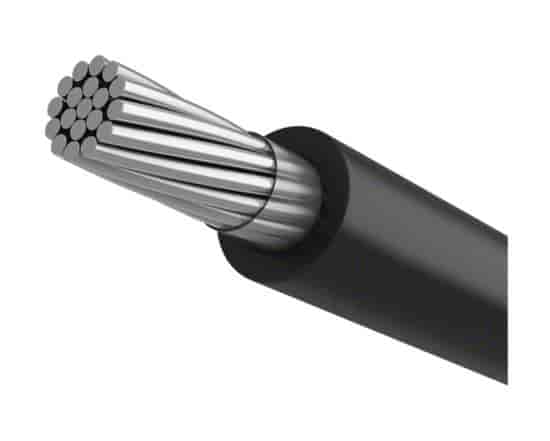
Common Types of Aluminum Conductor Wire’s we’ll Supply You. (Aluminum Conductor Types)
- All Aluminum Alloy Conductor (AAAC)
- All Aluminum Conductor (AAC)
- Aluminum Conductor Steel Reinforced (ACSR)
- XHHW Aluminum Conductor
- Shielded Aluminum Cable (MV-90 and MV-105 Copper tape shield AL. Medium Voltage power cable) Aluminum Medium Voltage Cable
- Aluminum High Voltage Cable
- Aluminum Submarine Power Cable
- Bare Aluminum Conductor (Soft Drawn, Medium hard Drawn, Hard Drawn)
- Aluminum DLO Cable
- Aluminum MC Feeder Cable
- Aluminum AC Cable
- Custom Cable Aluminum Conductors
MCM / KCMIL Aluminum Conductor Power Cable Sizes (Aluminum Feeder Cable / Aluminum Cable Size Chart )
Additional Large Sized Cables from 1X Technologies aluminum cable size chart :
- 250 MCM / KCMIL Aluminum Power Cable.
- 300 MCM / KCMIL Aluminum Power Cable.
- 350 MCM / KCMIL Aluminum Power Cable.
- 400 MCM / KCMIL Aluminum Power Cable.
- 500 MCM / KCMIL Aluminum Power Cable.
- 600 MCM / KCMIL Aluminum Power Cable.
- 750 MCM / KCMIL Aluminum Power Cable.
- 800 MCM / KCMIL Aluminum Power Cable.
- 900 MCM / KCMIL Aluminum Power Cable.
- 1000 MCM / KCMIL Aluminum Power Cable.
- 1250 MCM / KCMIL Aluminum Power Cable.
- 1500 MCM / KCMIL Aluminum Power Cable.
- 1750 MCM / KCMIL Aluminum Power Cable.
- 2000 MCM / KCMIL Aluminum Power Cable.
- 2500 MCM / KCMIL Aluminum Power Cable.
- 2750 MCM / KCMIL Aluminum Power Cable.
- 3000 MCM / KCMIL Aluminum Power Cable.
- 3500 MCM / KCMIL Aluminum Power Cable.
- 4000 MCM / KCMIL Aluminum Power Cable.
- 4500 MCM / KCMIL Aluminum Power Cable.
- 5000 MCM / KCMIL Aluminum Power Cable.
- 5500 MCM / KCMIL Aluminum Power Cable.
- 6000 MCM / KCMIL Aluminum Power Cable.

